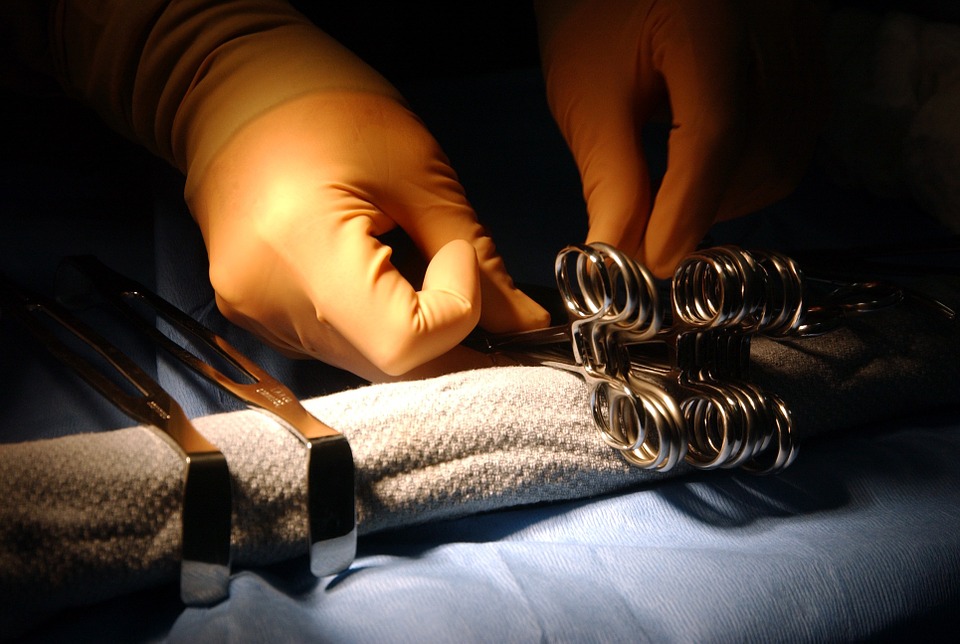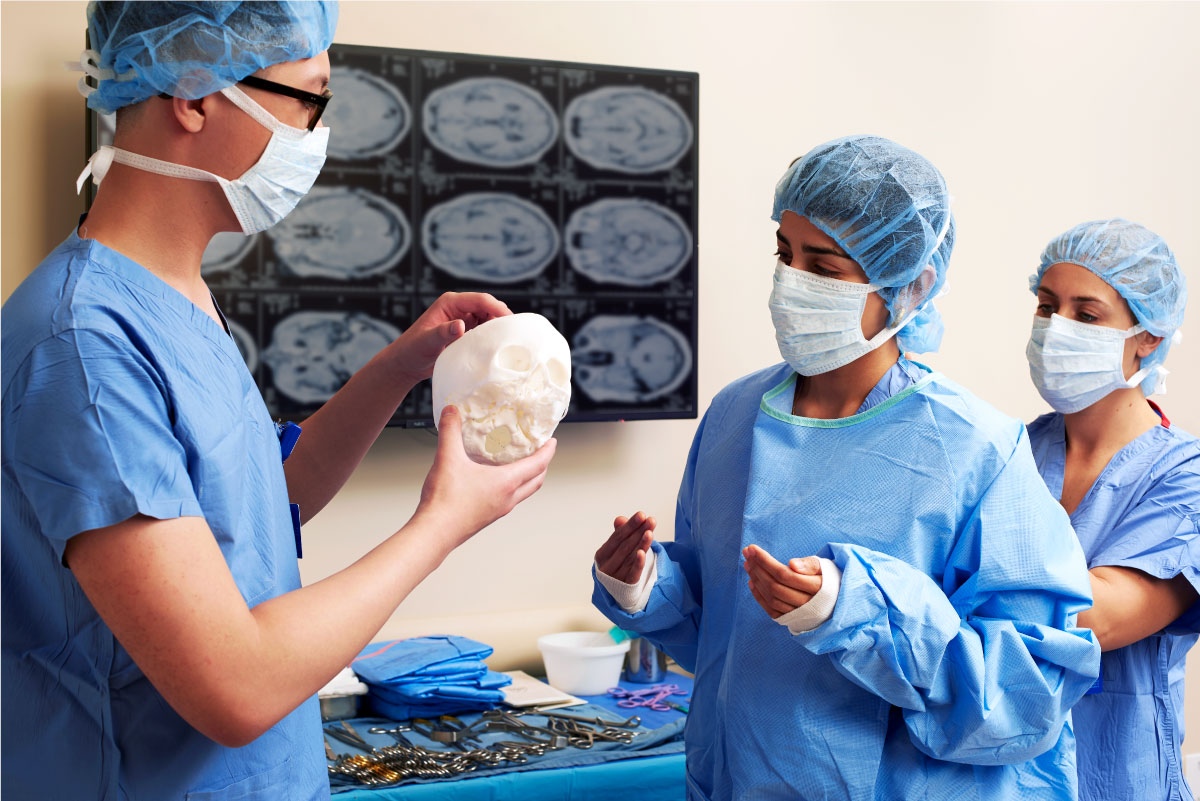Appendectomy is the procedure whereby the infected appendix is removed through surgery. When this procedure is performed by surgical experts like Laparoscopic Surgeon in Lahore, through a small incision and a small tube with a camera at the end, it is called a laparoscopic appendectomy. Read on to know more about laparoscopic appendectomy:
What is an appendectomy?
The appendix is a vestigial organ located at the start of ascending colon, which can become infected when fecaliths or small stones of stool become impacted there. Consequently, there is inflammation at the site, which produces the intense symptoms of appendicitis.
Inflamed appendix harbors bacteria, leading to pus formation which buildups quickly. Following this, there is fever and pain, which starts around the belly button that eventually spreads to the whole abdomen, along with nausea, vomiting, and diarrhea. Activities like coughing and walking worsen the pain. If not timely diagnosed and treated, the appendix can rupture and causes a life-threatening infection called peritonitis.
Appendectomy is the procedure for the removal of this inflamed and infected appendix, which is the treatment of choice for appendicitis. This surgery is the quickest way to relieve the pain of appendicitis.
What are the types of appendectomy?
There are two types of appendectomy procedures: open and laparoscopic.
Open appendectomy
This type of appendectomy is like any conventional surgery with an open incision. During the procedure, an incision is given on the lower right side of the abdomen and the appendix is removed thereafter. In case of a ruptured appendix, this is the surgery of choice as it allows the surgeon to clean the abdominal cavity. A surgeon will also prefer an open surgery if the patient has a history of abdominal surgery in the past as adhesions would have formed.
Laparoscopic appendectomy
This minimally invasive surgery involves smaller incisions, smaller recovery and smaller hospital stay. This is the surgery of choice when the patient is older and overweight. In comparison to open appendectomy, this type of surgery carries less risk.
What is the procedure for laparoscopic appendectomy?
Like the open procedure, laparoscopic appendectomy starts with a tiny incision on the side of the abdomen. For insertion of the equipment, a few more cuts are made on the abdomen, and then carbon dioxide is used to inflate the abdomen. This allows easy viewing of the surgical field to the surgeon.
Thereafter, a laparoscope with a thin tube and the high-resolution camera is inserted in the abdomen. Once the appendix is accessed, it is tied off with stitches and removed through the incision. The small incisions are then closed off with stitches and dressed.
Following the procedure, the removed appendix is sent to the pathology laboratory, for the biopsy of the tissue and the patient is moved to the recovery room. A healthcare team monitors the vitals of the patient and observes for any signs of complication. The patient is sent home with a prescription for pain killers and antibiotics to ward off any infection.
What are the risks of laparoscopic appendectomy?
As with any, surgery laparoscopic appendectomy has some risks as well. These intra-operative risks include:
- Bleeding
- Organ damage
- Blockage of bowels
- Infection
- Complications of anesthesia
Following the surgery, the healthcare provider will watch for any signs of complications, including:
- Fever
- Abdominal pain
- Shortness of breath
- Lightheadedness
- Continuous nausea
- Redness, bleeding or swelling at the site of incision
- Persistent cough
- Inability to urinate
What are the advantages of laparoscopic appendectomy?
One of the biggest advantages of laparoscopic appendectomy is the small recovery time. As mentioned before, the recovery time and hospital stay for this procedure is relatively small. In fact, some laparoscopic appendectomies are performed on outpatient basis and the patient is sent home from the recovery room without being admitted.
When performed by an expert Laparoscopic Surgeon in Islamabad, the surgery is associated with less postoperative pain and the need for painkillers. This is also the surgery of choice in high-risk patients like the elderly and the obese.
For more news and articles about health and fitness click here





